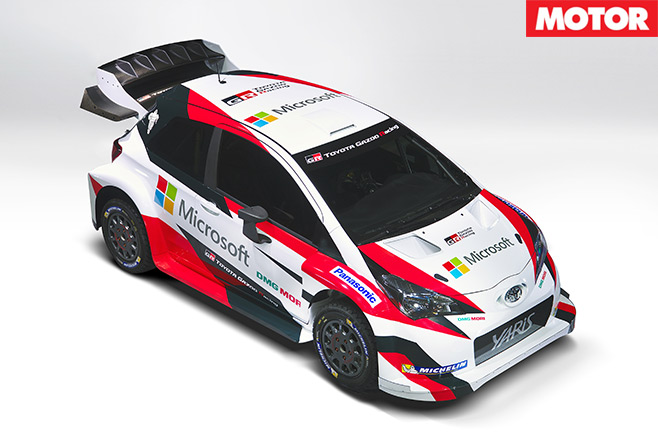Rule changes for the 45th season of the FIA World Rally Championship are set to usher in a new chapter that’s evocative of the sport’s golden Group B era (1982-’86).
We’re set to get our first taste of wilder, be-winged machines, with almost a third more grunt than current cars, at the season opener in Monte Carlo’s Gap, Hautes-Alpes on January 20.
Meanwhile, rule-makers suggest that something of a return to the spectacular attitudes – and aesthetic – of Group B, while maintaining, if not improving, safety is the aim of the rule rework.
Okay, quick history lesson: Group B came to an abrupt end in 1986, banned by then-FISA president Jean-Marie Balestre within hours of Finn Henri Toivonen and his Yankee co-driver Sergio Cresto’s fiery fatal crash in their Lancia Delta S4 in the Tour de Corse.
A year earlier the same rally had claimed the life of Attilio Bettega at the wheel of his Group B Lancia 037, to say little of the other near-misses and spectator deaths. It had become starkly obvious that the show could not go on.
The title of Group B doco Too Fast To Race (a must-watch) aptly summarised the rise and demise of this spectacular chapter in World Rally, and provides an education to kids raised on Group A Celicas and Imprezas on why we’ll never see a true repeat of Group B.
Yet we remain excited by the new regs, which begin by allowing a broader variety of production cars to be eligible for homologation.
Greater design freedoms will give 2017’s machines a more dramatic silhouette, and transform their aero performance to bring higher corner speeds and a slashing of stage times.

Engine size won’t change, but a bigger turbo restrictor will improve airflow for a healthy kick up in the kilowatt department, without increasing boost.
Shaving weight, as ever, will heighten handling, and make the cars more accelerative.
Electronically-controlled centre differentials make a return, allowing for constantly variable torque flow. The result? You guessed it, a wilder spectacle and more speed.
Then there are the new protagonists. Toyota, a WRC force in the 1990s, will return after 18 years with its Yaris WRC Program, overseen by four-time champ Tommi Mäkinen.
We’ll lose Volkswagen Motorsport in 2017 in the aftermath of Dieselgate, but Citroën will return full time after a part-time campaign in 2016.
Modern day WRC cornerstones Ford and Hyundai will be back, too, the latter with a three-door, WRC version of its i20.
A reworked calendar designed to mix gravel and tarmac rallies is set to deliver more variety to fans and drivers alike, but we’ll have to wait for Rally Australia, and the final round in Coffs Harbour, NSW, to get an up-close look at WRC’s exciting next chapter.





